North Creek Music Borealis "Aurora" and Poseidon Subwoofer

I never really wanted to build a speaker, yet I found myself one day looking in disbelief at the the half completed project before me - did I really do all this?
Years ago, I entertained the thought that I could restore/repackage the contents of an old Bose 901 to make them sound better (ok, you can stop laughing now). I got the Great Sound Stereo Speaker Manual and started to look into the speaker building process. It only took a few chapters to realize that speaker building was not for me. The thought of spending so much time and effort to build something with such a high potential for failure seemed an invitation to frustration.
Besides, what kind of audiophile-geek credibility can one develop with home built speakers anyway?
After being at once entertained and irritated by a number of loudspeakers over the years, I decided it was time to try the minimal and beautiful ProAc 2.5; a speaker that I had wanted for so very long. Well, the decision was firm, but the finances were not. Even if I had sold the Von Schweikert VR-4s that I was using at the time, it would not have been enough for a used pair of 2.5s. Apparently, some other folks on the internet felt the same way and created a fairly comprehensive DIY Proac 2.5 site. For as little as $650 (or 14.4% of the MSRP) one can easily build a loudspeaker that is remarkably similar to the original.
The ProAc 2.5 clone became my initial plan, and I had already made up my mind to get as many parts from North Creek Music Systems as possible. North Creek seemed to have the highest quality, most well thought out parts including matched Scan-Speak drivers and really cool large gauge inductors. Just reading through the site, I could see that George Short (NCMS Pres.) knew how crucial component matching is, and I too find parts matching really important in modifying amplifiers - both channels need to be the same for best imaging. The only problem with North Creek was that they had everything I needed except the Scan-Speak 18W/8535 woofer required for the Proac clone (actually, they did have the shielded version but I didn't see it until it was too late).
North Creek, however, did have their highly regarded but (IMO) ungainly looking Borealis loudspeaker which has a similar driver compliment to the 2.5s. The Borealis is available only as a kit, requiring the maker to purchase, cut and shape the wood, assemble the cabinets using a variety of glues, and finish the cabinets to taste. The basic North Creek cabinet has a 2 1/4" thick MDF/plywood composite baffle and a 1" to 2 1/4" thick rear panel with plenty of bracing using Baltic Birch plywood. Contrast this with the Proac clone: 1" thick baffle and rear, 3/4" sides in a large rectangular box and bracing is optional but not mandatory. In comparison, the Borealis is clearly more difficult to build than the 2.5, but the comfort of knowing exactly how sturdy and non-resonant the cabinet could be made in addition to the matched components made the Borealis the winner. The best part was that the Borealis can easily be changed to look similar to the Proac 2.5!
I started with the North Creek D25 tweeeters but later upgraded to the D28 tweeters and XOs. The following pics document (sort of) a two and a half month building frenzy:
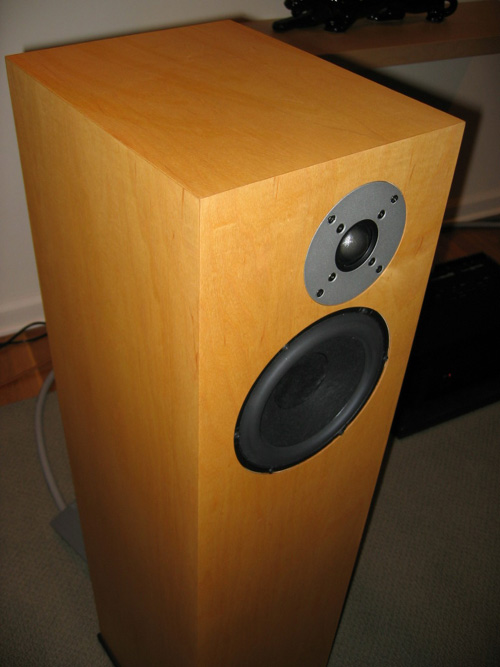
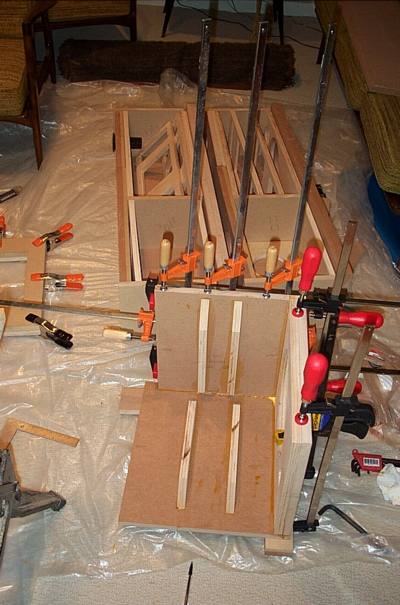
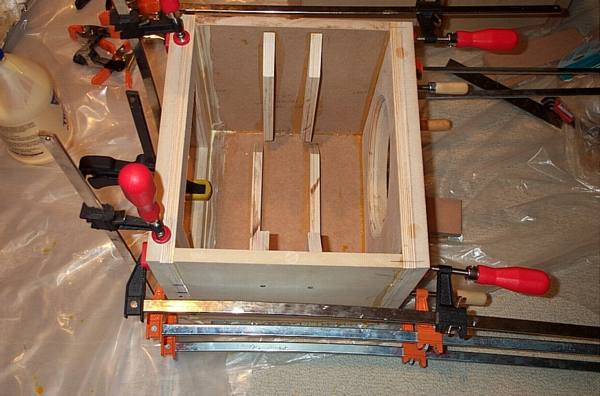
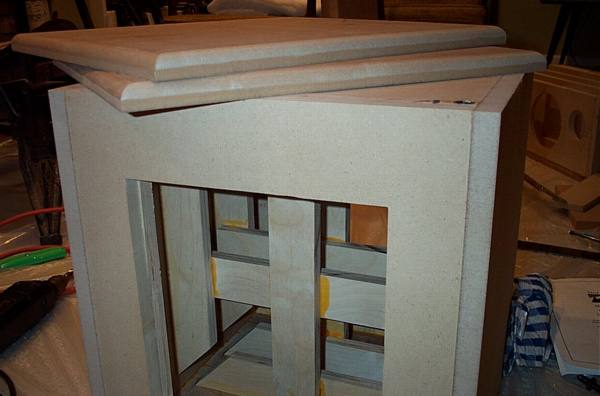
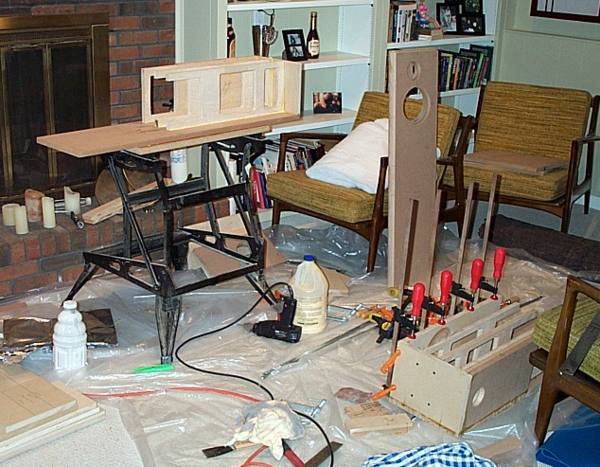
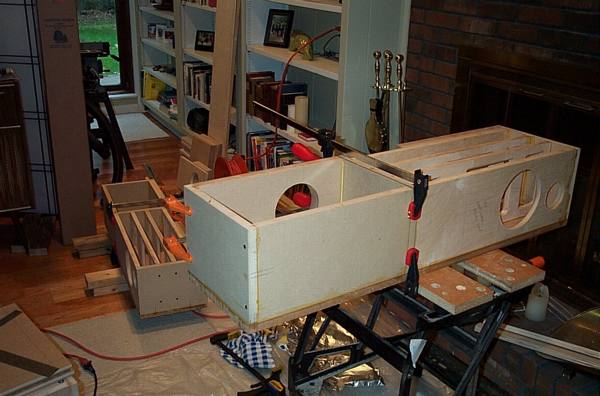
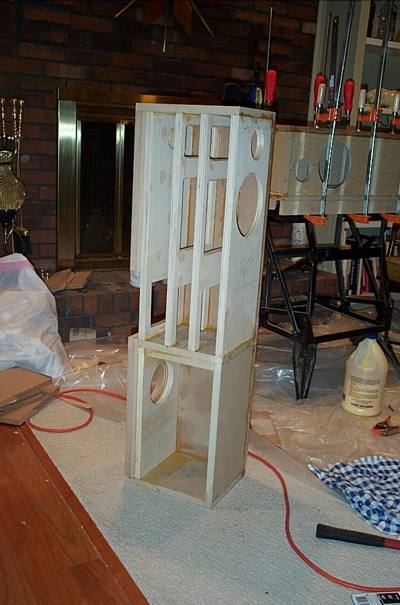
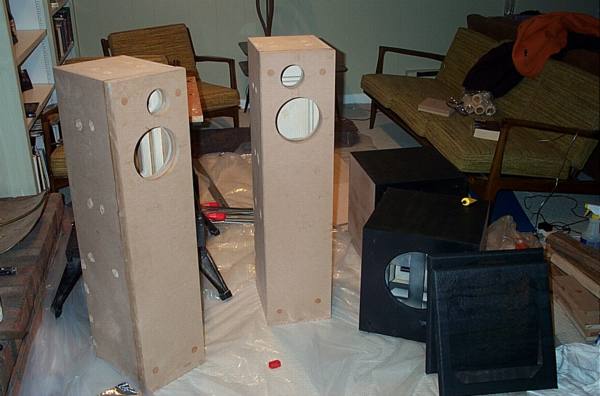
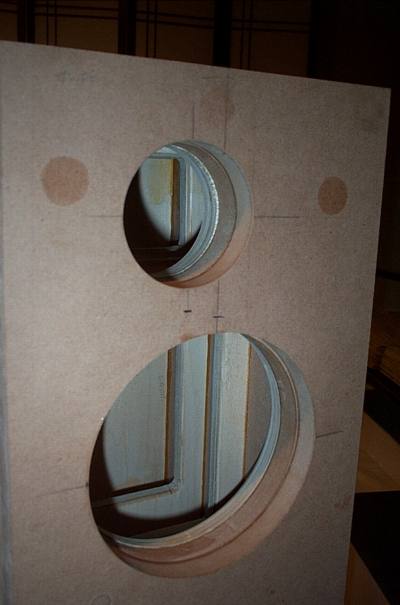
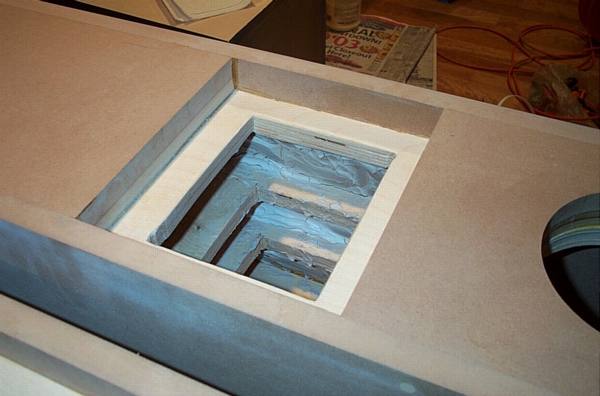
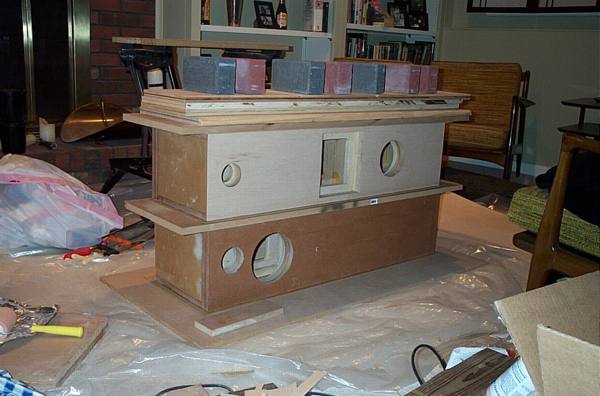
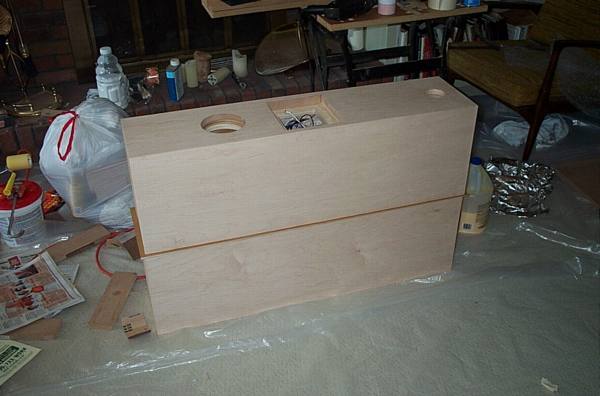
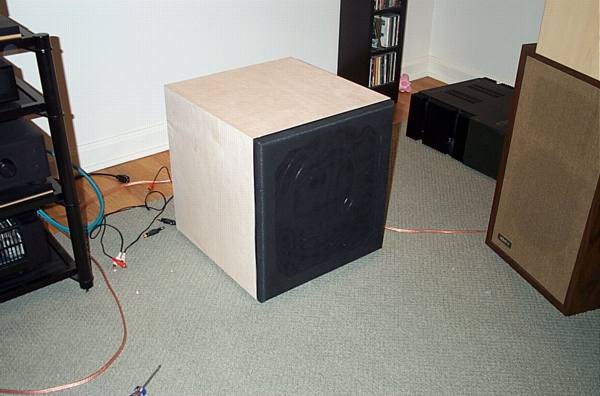

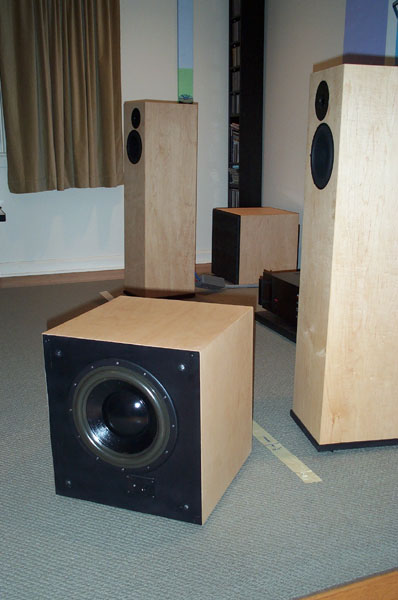
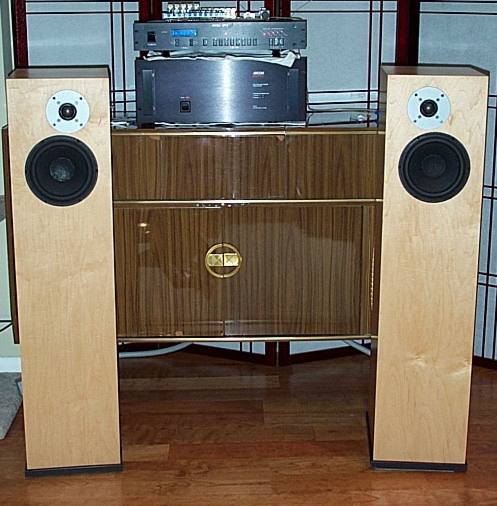
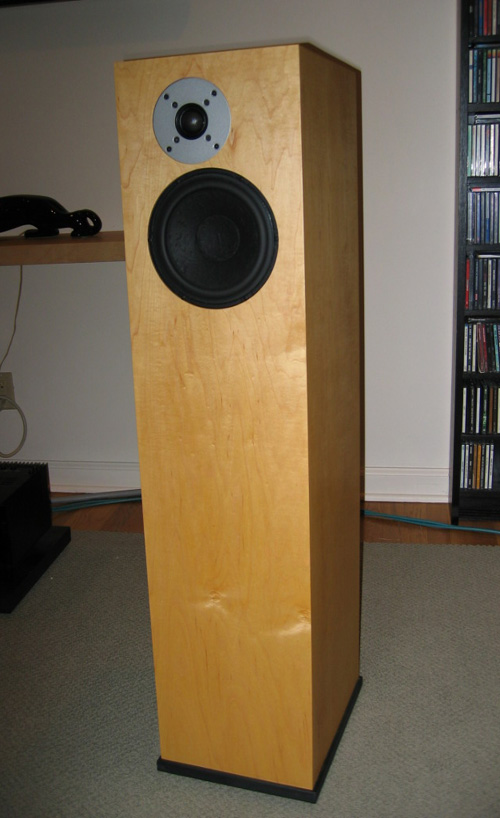
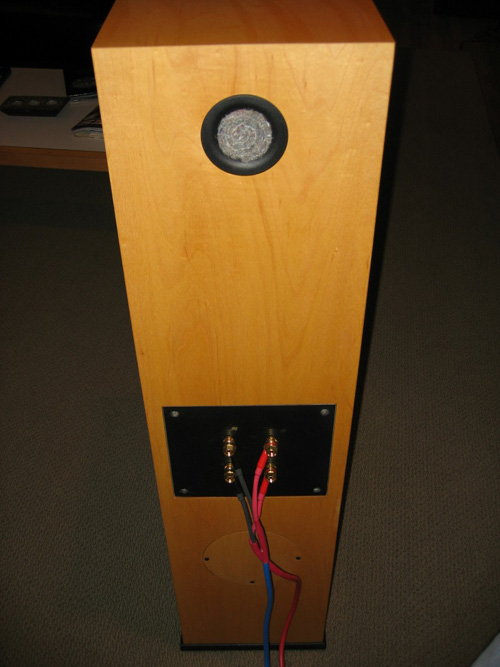
When all was said and done, these ended up being the finest speakers I had ever owned. Unfortunately, the sound was not to my tastes. I had never heard the materials before (carbon fiber/paper & doped silk), and while the speed, clarity & resolution were simply stunning, the overall tone was not what I wanted. Harder to explain is my need to assess amplifier modifications; these speakers distracted me from listening to the equipment (yes, this is contrary to what most audiophiles want), and kept disappearing. Additionally, because of my room dimensions, I could never get the subwoofers to completely integrate with the system. The the most valuable lesson I learned from this was that I do have a sonic preference that cannot be swayed by the sound that is currently in fashion. It also confirmed my strong preference for sealed box speakers over ported ones.
The speakers were sold to a very happy customer in Georgia. He was not only pleased with the sound, but was quite impressed with the cabinetry as well! Not bad for a first speaker...
The subs went to a gentleman from Massachussetts. I temporarily set up the NHT 1.5s in the living room to demonstrate the operation of the subs. The customer told me that his North Creek Okaras sounded better than my NHTs - a really irritating comment since he was there to audition the subs, and that I told him that it was a temporary setup that was not optimized...yeah, as if audio is a competition! That transaction prompted me to compose an Equipment Audition primer. Anyway, I'll assume the customer is happy with the subs even though I never heard from him again after leaving feedback and sending followup emails. Another lesson: you can get money from a customer, but you can't always get courtesy.
Page created by James L Woodley © 2004, 2005 Page last updated march 2020